Are you going to go on a trip with a four-legged pet? In this case, you will definitely need a veterinary certificate. If the planned trip will be your first, the design of such a document can cause certain difficulties and difficulties, because many of us are not even aware of its existence. Let's talk about what a similar paper is, in what form it can be drawn up, and also where it can be obtained.
When do you need such documents?
It should immediately be noted that the veterinary certificate is a rather important document. Its compilation is mandatory not only in the case of transporting pets for personal purposes, but also for conducting economic activity. This may be the transport of cattle, furs, or the sale of meat. For each category of living creatures or goods, there are certain specific requirements, mandatory actions and papers received in the end. We will try to get acquainted with them in more detail. 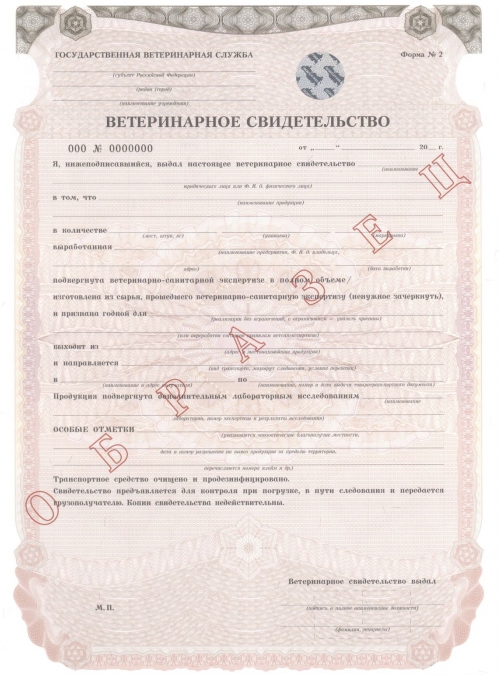
When and who needs form number 1?
Veterinary certificate form 1 is intended for transporting animals to another city, region, as well as outside the country itself. The absence of this document will make the trip impossible; it will be required not only when crossing the state border, but also when boarding a train or plane.
If you do not want unnecessary problems, be sure to read the state rules. Of course, there is a chance to avoid such strict control, for this you will need to move on your own vehicle, which is not always convenient and possible. As for legal entities, such documentation is strictly obligatory for them, and any attempts to avoid receiving it can be attributed to a violation of applicable law.
What data should be indicated in the form No. 1?
Veterinary certificate form 1 can be obtained at any state, veterinary hospital. After you have completed all the necessary procedures, you will be given a document containing information of the following nature:
- Type of animal to be transported.
- General data (includes information about the breed, age, color, as well as the nickname).
- Transportation route (includes place of departure and arrival).
- Data from a veterinary examination (vaccinations, completion of the incubation period, information about studies).
- Method of transportation (contains information about the transport on which the movement will be made).
You can obtain more accurate information about the data contained in the specified document by carefully examining the sample certificate provided in the article. 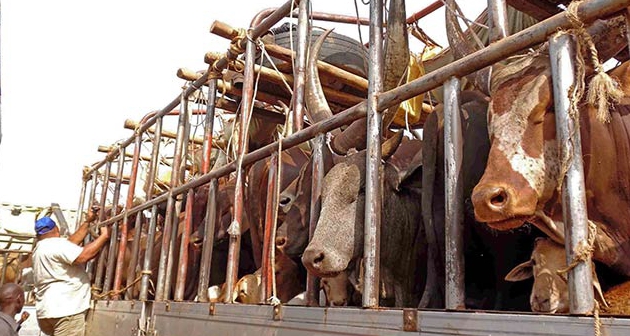
The main nuances of form number 1
The form of the veterinary certificate must contain distinctive and confirming elements. These include not only the seal of the hospital and veterinarian, but also the protective hologram, as well as the date. Please note that such a document has a limited validity period of only five days. This means that you must leave the place of your permanent residence precisely at the indicated time, and not a day later. After the allotted time ends, the paper is considered invalid and must be replaced. Such short-termness often makes travel planning for an individual a rather difficult task.
What do you need to get help?
So, after what can a veterinary certificate be issued? You can receive a document only if a certain number of conditions are met:
- Clinical examination of the animal.
- Luminescent diagnostics.
- The presence of a veterinary passport with appropriate marks.
- Conducting coprological research.
If necessary, the veterinarian may require any additional studies or tests if the disease is suspected in a living creature. Please note that only completely healthy animals can be exported abroad. 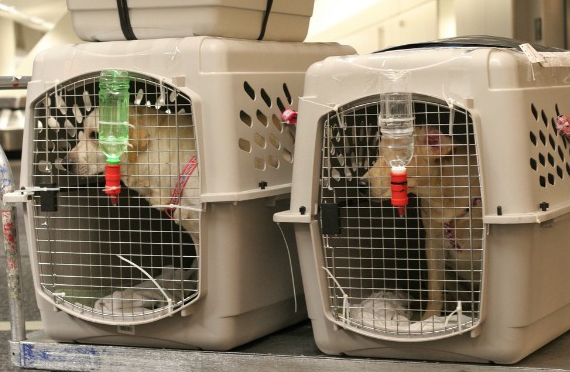
The veterinary certificate must take into account not only the requirements in our country, but also the norms of the state where you plan to go with your pet. Information of this nature can be extremely important, because in some countries it is necessary to quarantine the animal for a rather long period (from 30 days to 18 months). Especially such requirements are typical for EU countries and the USA.
It should be noted that the veterinary certificate No. 1 is issued not only for cats and dogs familiar to everyone, but also for such representatives of the animal world as birds, fish and bees. Such a certificate is also necessary for special biological objects. These include embryos and eggs, fertilized eggs and other substances necessary for reproduction.
The main condition is rabies vaccination.
Mandatory mark of a veterinary passport - information on vaccination against rabies. Such a vaccination is mandatory and has a validity period of one year. You can make her a four-legged pet both in the state and in a private clinic, but pay close attention: the veterinarian must have the right to carry out manipulations of this nature. After an injection from rabies, it sets a quarantine period of up to 30 days, if revaccination has been carried out - for up to 14 days. If these conditions are not met, a veterinary certificate cannot be issued. If the animal is too small to be exposed to the vaccine (cub), transportation of it outside the state will also fail. 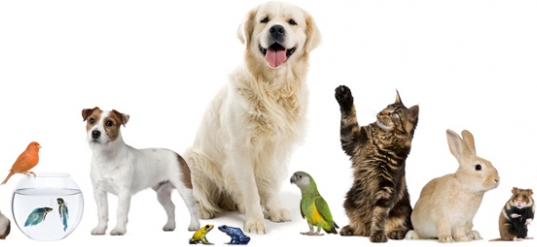
Why may you need form number 2?
A similar document exists under the name Form 2. A veterinary certificate of this kind is provided for the transport of a number of food products. These include:
- Meat in carcasses, blocks and other variations (animals and birds).
- Semi-finished products and offal.
- Fats (both melted and not).
- Sausages various categories (can be smoked, cooked, dried and others).
- Canned meat.
- Dairy products and their derivatives (Exception - industrial products with individual containers).
- Fish and its derivatives, as well as caviar.
- Eggs of a bird.
- Honey.
Nuances of paperwork
This document must necessarily contain information about the product and the date of its development. In addition, it records full information about who owns the goods (company name, surname and initials of the main responsible person and other data). The main part of the certificate is devoted to medical research, any products are subject to mandatory sanitary and veterinary examination. According to its results, experts make a final decision on the possibility of selling the goods, which is recorded in the certificate. The following tolerance options are available:
- Sale without limits.
- Limited sales.
- Processing according to established standards.
At the discretion of the responsible veterinarian, any additional, necessary research may be carried out during the paperwork process. For individual data, a column was created under the name “Special Notes”, even the ecological situation of the area in which the animal was constantly living can be recorded in it. 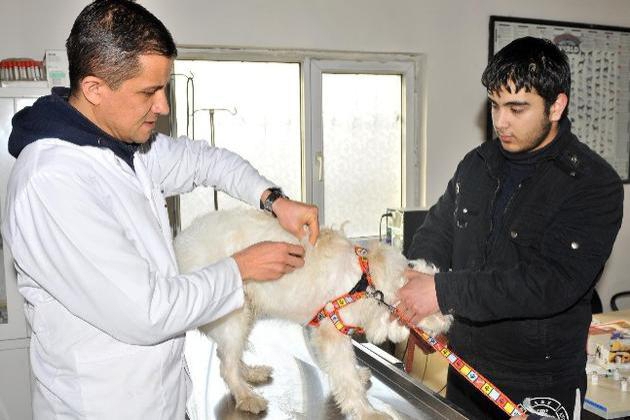
General information about certificate No. 3
Veterinary certificate 3 is used for the transport of non-food products of animal origin. The list of goods on which such a certificate is issued includes the following:
- Skins and furs.
- Animal waste.
- Biological waste.
- Wool.
- Natural fertilizers.
- Products that have undergone taxdermic processing (for example, stuffed animals or various items for private or public collections).
- Feather and fluff.
- Raw materials based on animal bones and blood.
- Any products involved in the beekeeping industry (exception - honey, is made out according to form 2).
- Pet food.
Among other things, this list can be supplemented with things that are not of animal origin, but are subject to mandatory inspection. These are special equipment and items used for transportation and temporary stay of animals.
Rules for filling certificate No. 3
This document is filled in almost the same way as form 2. Veterinary certificate No. 3 contains information on the exact name of the transported raw material, as well as its quality characteristics (weight, quantity, etc.). A unique section is the origin of the transported goods. Here the following options may exist: prefabricated or pale, taken from healthy or sick animals. The most important lines are also:
- Suitability for implementation (veterinary certificate 2 contains similar information).
- The actions to which the raw materials were subjected (washing, disinfection and a number of other auxiliary manipulations).
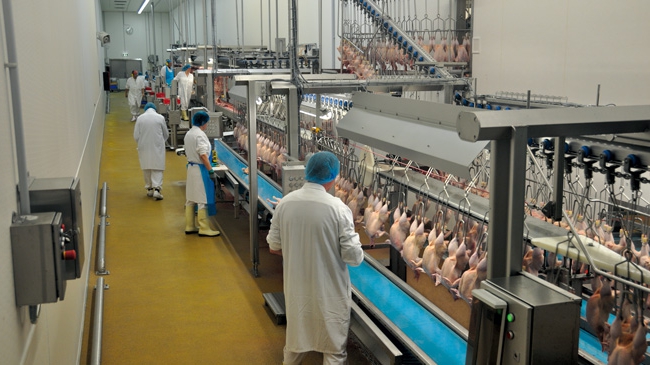
Certificate in form 4 - what is it for?
Veterinary certificate - form 4 - a generalized document. Its compilation is necessary for the transport of animals or goods within the same administrative entity. It is drawn up for all of the above facilities, ranging from pets to industrial waste. The requirements for the design of this document are largely similar to those that have already been described above. Paper is drawn up and issued in state veterinary hospitals. Veterinary certificate 4 is valid for five days from the date of its signing. If within the specified period you did not use the document, then it is simply canceled and not subject to use.
General requirements for filling out documents of various forms
The veterinary certificate is always stamped on a special form. The data entered in the document should be printed as clearly as possible, without blots and errors. Documents of various forms can be written out not only on animals, but also on products, as well as raw materials of animal origin.
Naturally, an individual document is drawn up for each category. Information can be entered into the certificate both by hand or using a typewriter. If the filling rules, errors, inaccuracies or unreadable text are not observed, the document may be invalidated. If you do not know what the veterinary certificate looks like, a sample of one of its forms is presented in the text above, in general, all documents are quite similar to each other.
Filling in veterinary certificates is carried out only by specialists who have the right to carry out such actions. The activities of employees are clearly regulated and are regularly monitored by state inspectors.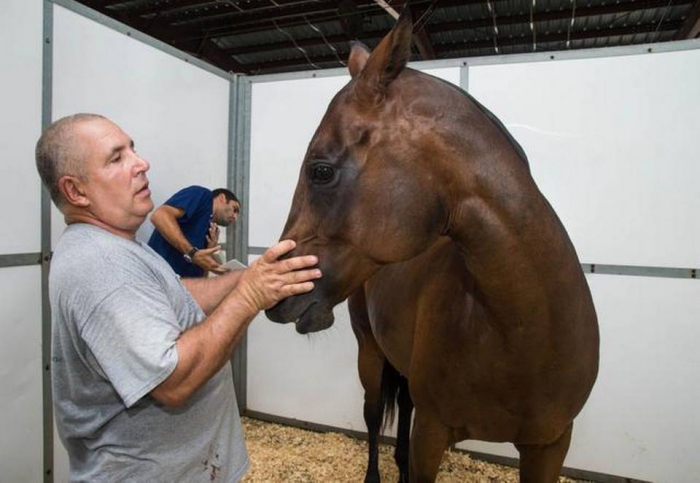
Such different veterinary certificates
Now you know what forms of veterinary evidence exist. Quite often, confusion arises with this or that document. This phenomenon is not at all surprising, the whole point is that the same certificates are often referred to differently. Let's discuss the list of existing documents that require a separate description. So, they include:
- Veterinary certificate or veterinary certificate - form 4.Designed to transport animals within the framework of the subject of your permanent residence, for example, within the same city. This simplified type of paper is necessary for professional breeders participating in various exhibitions).
- Veterinary certificate. It implies that the owner along with the animal can cross the state border of the Russian Federation with Kazakhstan and Belarus. This document can easily be replaced by a certificate in form No. 1.
- Certificate Form 5A. It is used for the export of pets for personal purposes to European countries (EU countries). A compulsory supplement to such a document is a drawn up European reference. The issuance of such a document can be carried out in a hospital (if you intend to travel by personal transport) or at the border, in a special department designed for such activities.
What is a veterinary passport
One of the most important documents is a veterinary passport. Ideally, such an identity should be present in every animal, but many owners who purchase a pet for the soul neglect this rule. In fact, such carelessness can pose serious risks, both for your pet and for you. The animal's passport contains information on vaccination and other necessary studies. In our country, this document has long been drawn up in a free form, but since 2012, a single form has been used for all countries of the Customs Union.
This document the owner of the animal receives after the first vaccination of the pet. It necessarily contains the registration number, information about the animal itself, allowing him to be identified, as well as information about the owner. Only veterinary clinic specialists licensed to conduct such activities are entitled to enter data in such a certificate. In case of violation of the registration of a veterinary passport, it cannot be used when issuing the necessary certificates for the transport of animals.
Instead of a conclusion
Registration of veterinary certificates should be carried out strictly according to the norms of the current legislation of our country and the states that are the final destination of the animal’s travel. Compliance with strict rules will protect not only pets, but also people themselves from serious health consequences. Do not trust scammers who offer you to purchase such papers for money and in a short time, such actions can lead to a complete disruption of your trip, professionals can easily distinguish a fake from a real certificate. Such a fraud, of course, leads to extremely unpleasant consequences.








